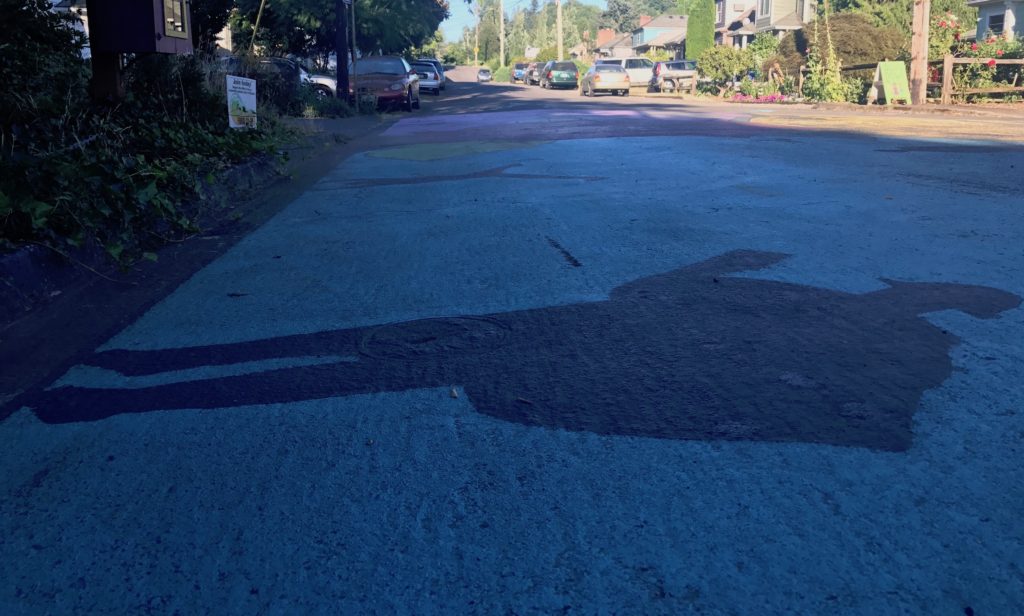
In Part 1 of this piece I talked a bit about my new project about the re-enchanting of ordinary life. I also reflected on whether faithful presence might leave a trace that can be felt many years later.
Thankfully, we don’t always have to wait hundreds of years to experience the impact of someone’s quiet fidelity to a place. My friend James Helms and his family are working with neighbors to weave a fabric of care in the Madison South neighborhood in northeast Portland, Oregon. But as we will see—and as James would be the first to tell you—he and his family are part of a continuum of faithfulness that began long before they moved into the area.
From Madison South…
Madison South is situated near the confluence of two interstates. This probably isn’t the neighborhood you think of when you hear about “Portlandia. It hasn’t been overrun (yet?) by hipsters, bagpiping unicyclists, or artisanal knot stores. At a time when low- to middle-income neighborhoods are disappearing inside the city limits, Madison South is, by-and-large, still a working-class neighborhood.
Most of Madison South is on the “wrong” side of 82nd Avenue, a street that is seen by some—when it is seen at all—as a kind of dividing line between “desirable” and “undesirable” Portland. Madison South does have its challenges, some of which, including prostitution, drugs, and inadequate infrastructure, are worn on its sleeves for all to see.
James and his family moved there in 2005 after he got out of the military. “Coming from a cloistered base,” he told me recently, “it felt like we’d moved to the slum.” He and his wife bought a house on the internet, planning to flip it. But one thing after another slowed their progress until all of sudden it was 2008 and the housing market was in freefall.
There were other changes too. In particular, God was softening James’s heart for the neighborhood.
James is a member of the Navigators, an interdenominational ministry with an emphasis on evangelism and discipleship. One day, when James was reading his Bible, he came across Jesus’s command to “Love your neighbor as yourself” (Mark 12:30-31). James wanted to take that command seriously with those living closest to him, but he wasn’t sure how.
“I moved into it with a whole lot of ambiguity,” he said. “For six weeks I woke up every morning and went into the front room, which has this big window that looks out on the front yard, and I’d pray that God would start to open up doors so I could love my neighbors.”
…to The Rocky Butte Community
Something special happened after James had been praying for six weeks. The Helmses were planning a garage sale. One afternoon, when James was walking to the end of the block to hammer in a sign for the sale, he heard someone calling his name. He looked around and saw a man on a ladder against the side of a house. The man’s name was Jerome. They’d met a year before when Jerome’s kids had been selling magazines for a school fundraiser, but James didn’t know him well. (He really didn’t know any of his neighbors well yet.) So he was taken aback when Jerome climbed down the ladder, ran over to him, and gave him a huge hug.
Then Jerome said, “For two weeks God has been telling me to talk to you, but I just didn’t know how to do that.” An important friendship was born.
This was a turning point for James and his family. “I kept praying to God to open up doors in our community,” James remembered, “and those prayers were answered every time I intentionally stepped into my neighborhood.”
The Helmses responded by moving more of their life into the front yard. For a year they hosted monthly barbecues in the front yard, gradually drawing in more and more neighbors. By the second year, neighbors asked if they could start hosting too and so the meal rotated houses. Relationships formed and deepened. The Helmses found many ways to tangibly love their neighbors. They also found opportunities to collaborate on larger projects, including a community garden, a neighborhood newspaper, two street murals, and more.
As connections increased, more people saw the abundance that was already present in Madison South. In fact, residents informally re-branded their neighborhood as the “Rocky Butte Community.” The name honors both the area’s most prominent natural feature—a hill that offers one of Portland’s most comprehensive views of the city—and the community being knit together on ground-level.
A few years earlier James had written off Madison South as a “slum.” Now he is eager to point out the neighborhood’s complexity, assets, and diverse vitality. “The area has a great mixture of brokenness and beauty,” he said. “We do have our messes—largely due to 82nd Avenue—but there are also cool green spaces. It’s also the intersection of disparate socio-economic groups and religious influences, including a Catholic monastery, a megachurch, and a Zen Buddhist community.”
The Helmses don’t talk about selling the house anymore, and James is now part of Nav Neighbors, a Navigators initiative with the vision of transforming not only individual lives but families and whole neighborhoods.
Every Step a Prayer
Slow Church begins and ends with deep presence—with God and with one another. Deep presence with God and neighbor isn’t the means to an end but the end itself.
Faithfulness to even the most inspiring vision must submit itself to the requirements of faithfulness in this moment and with this person. This is slow, small, daily, often unglamorous, often invisible work. And “it takes time, over time,” as one Slow Church friend put it. But it all matters.
The residents of the Rocky Butte Community are both characters in, and co-authors of, God’s story of reconciliation in their place. James, his family, and their neighbors are making contributions to that story, one faithful encounter after another. I obviously don’t know how many of those particular contributions will be known hundreds of years from now, but I believe something of them will be felt.
Yet James is quick to note that they are part of a continuity of faithfulness in the parish that began long before they moved there.
For years, the mail carrier for the neighborhood was a guy named Dave. Though he didn’t live in the area himself, Dave had come to love and know the people on his route. He was aware of the neighborhood’s struggles but also its beauty and its potential for greater wholeness.
Dave met the Helmses when they moved onto the block. Later, he witnessed firsthand how the neighbors of the Rocky Butte Community were coming together in ways he’d been hoping for for so long.
One day, Dave lingered at James’s house before continuing on his route. He told James that he had been praying for 10 years that someone would move into the neighborhood and have God’s heart for the people there. He’d been praying for the Helmses before he even knew them. Dave said, “Every step on this route was a prayer.”
If you visit the Rocky Butte Community today you’ll see two street murals. One of the murals features silhouettes of characters from the neighborhood: several beloved pets, a neighbor who can often be seen gardening in his front yard, a neighbor who dealt in illegal substances but was a frequent front yard barbecuer and whose family was often present in the community.
Only the locals know that one of the figures in the mural never actually lived in Rocky Butte, though he has been a real part of its story. It’s the man who for 10 years delivered letters and packages in the neighborhood and hoped for its flourishing. It’s the mail carrier for whom every step was a prayer, and in every prayer a drop of holiness.
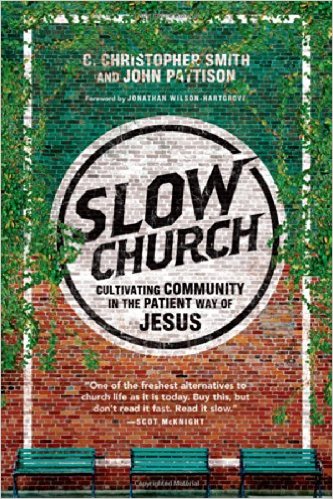

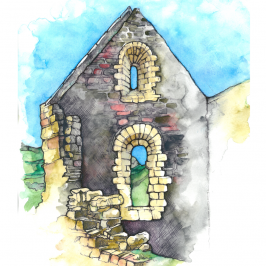
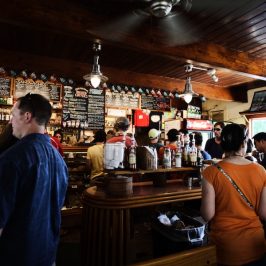
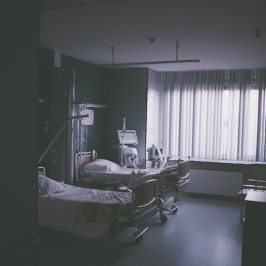
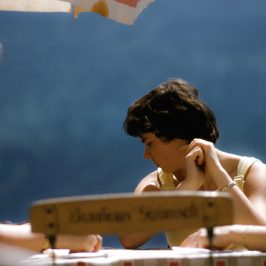
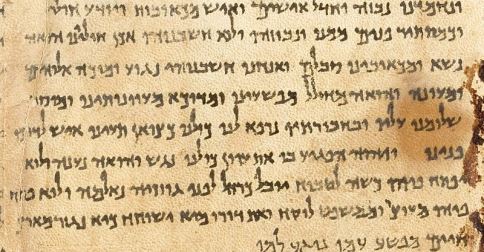
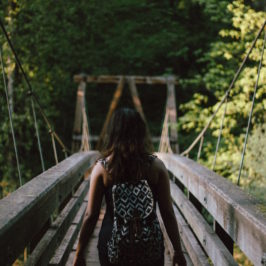
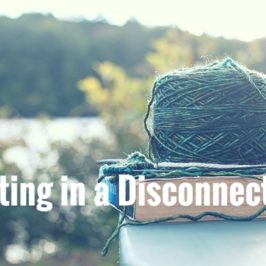
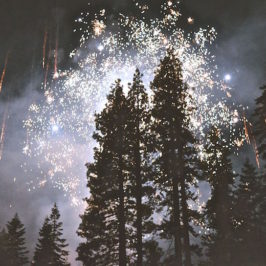
Leave a Reply